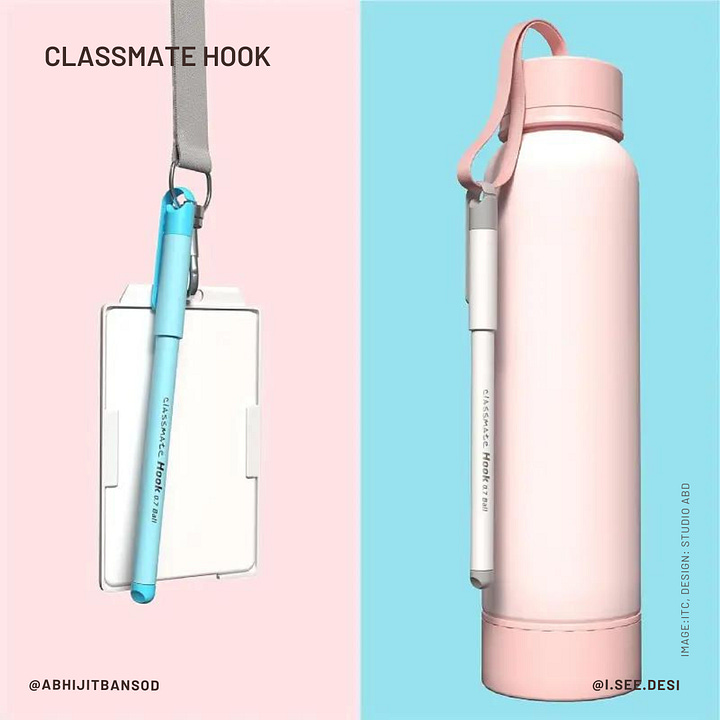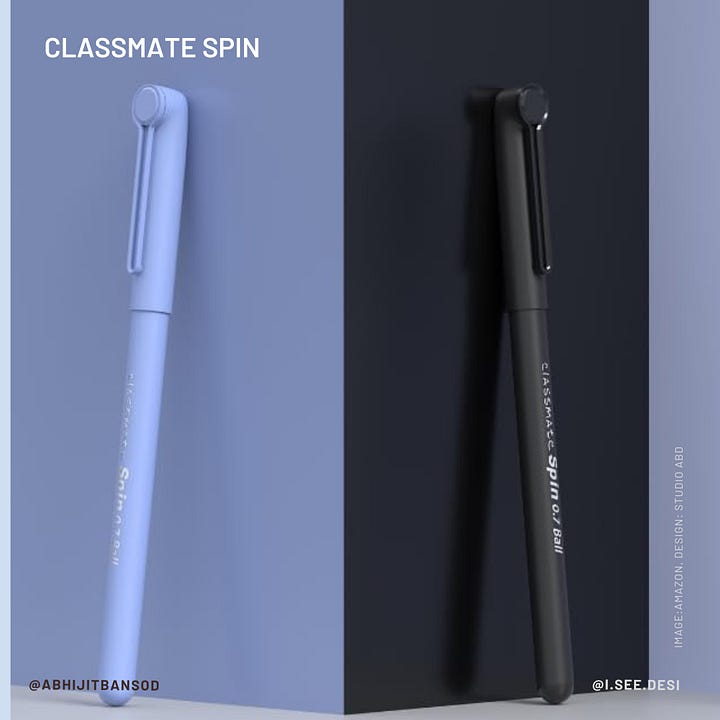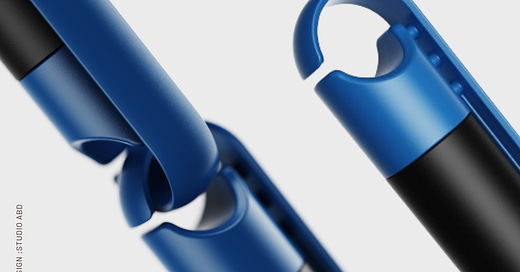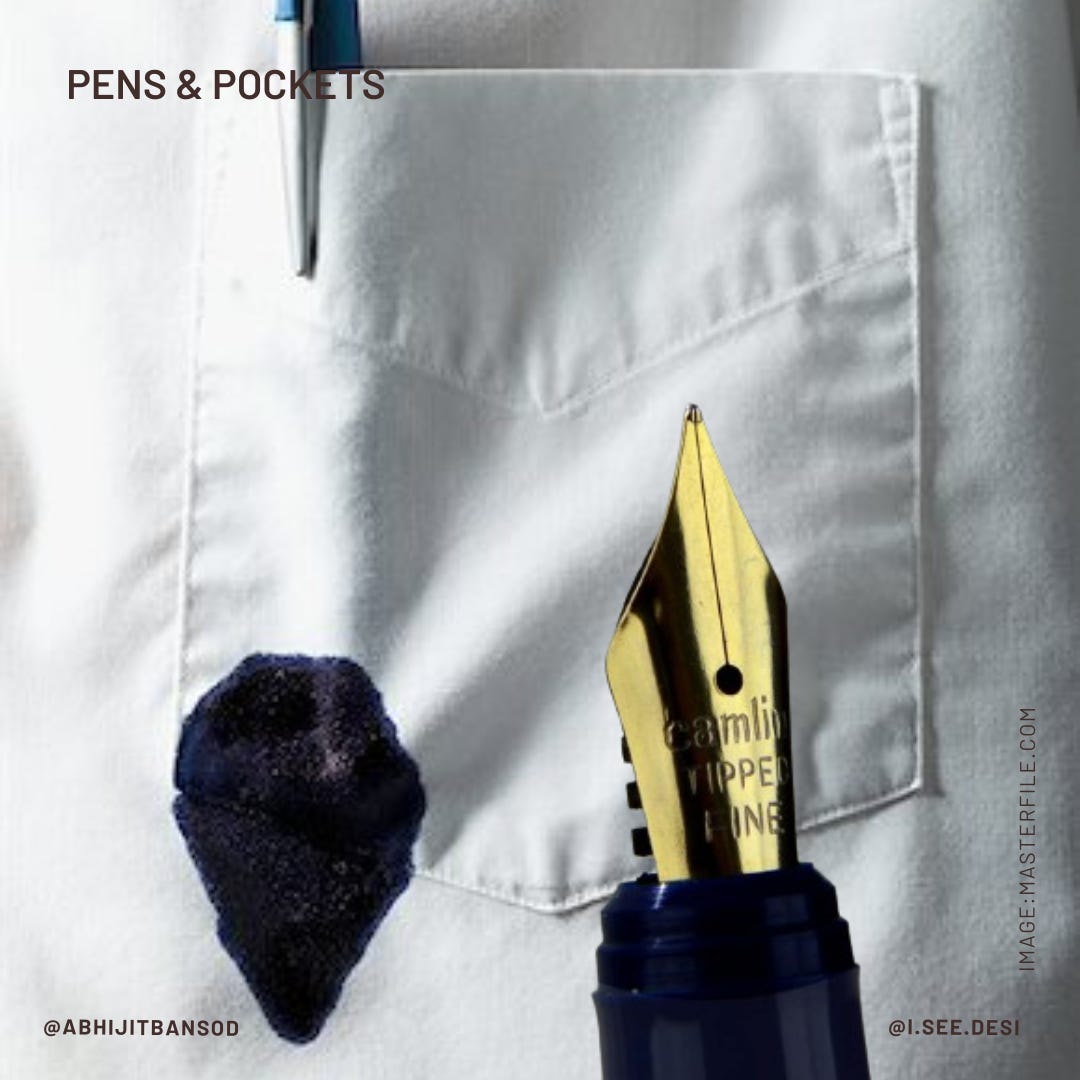As a kid, I used to wonder how camel ink was collected, sparking whimsical fantasies of chasing camels with buckets. Fast forward to my school years, Camelin pens became an integral part of daily life. The ritualistic ink-filling process, a messy affair requiring Dad's expertise, involved a dedicated cloth to avoid ink spills. Ink-stained fingers and occasional shirt pockets with stains became common. Interestingly, Camlin, established in 1931 by the Dandekar brothers in Mumbai, played a pivotal role in this childhood experience.
The writing landscape witnessed a revolution in the mid-late 80s with the advent of ballpoint refills, epitomized by the iconic 045 Reynolds pen. A ubiquitous three-piece plastic pen with a distinctive polygonal body and the classic blue and white colour scheme became a household essential in everyday India. Another classic, the BIC Pen, achieved a milestone by selling its 100 billionth pen globally in 2006.
Lamy pens marked the next milestone in my writing instrument fascination, boasting an iconic U clip, a sleek sculpted body, and vibrant colours, becoming an integral part of a designer's personality. Over the last three decades, Lamy has remained my favourite
My passion for writing instruments blossomed during my days at NID, where I crafted handmade pens from newspaper strips. This passion evolved into my first entrepreneurial venture, "Re pens," wherein I trained underprivileged youths to produce 70,000 pens. The "Alone Pen" embodies the ethos of an independent writer, crafted in aluminium, standing tall and alone on the table.




A significant turning point came when ITC tasked Studio ABD with designing a Rs 10 pen for the digital generation. This challenging project aimed to find relevance for a generation born in the digital era. The result, a pen with hook colours for bonding between friends and a spin feature to calm fidgety moments, reflects the evolving needs of the younger demographic.
"No Pen, No Gain!" encapsulates the importance of writing instruments in my life. To me, pens signify more than just tools; they represent a fusion of culture, design, and personal experiences—where "I See Desi, I See Design!"







